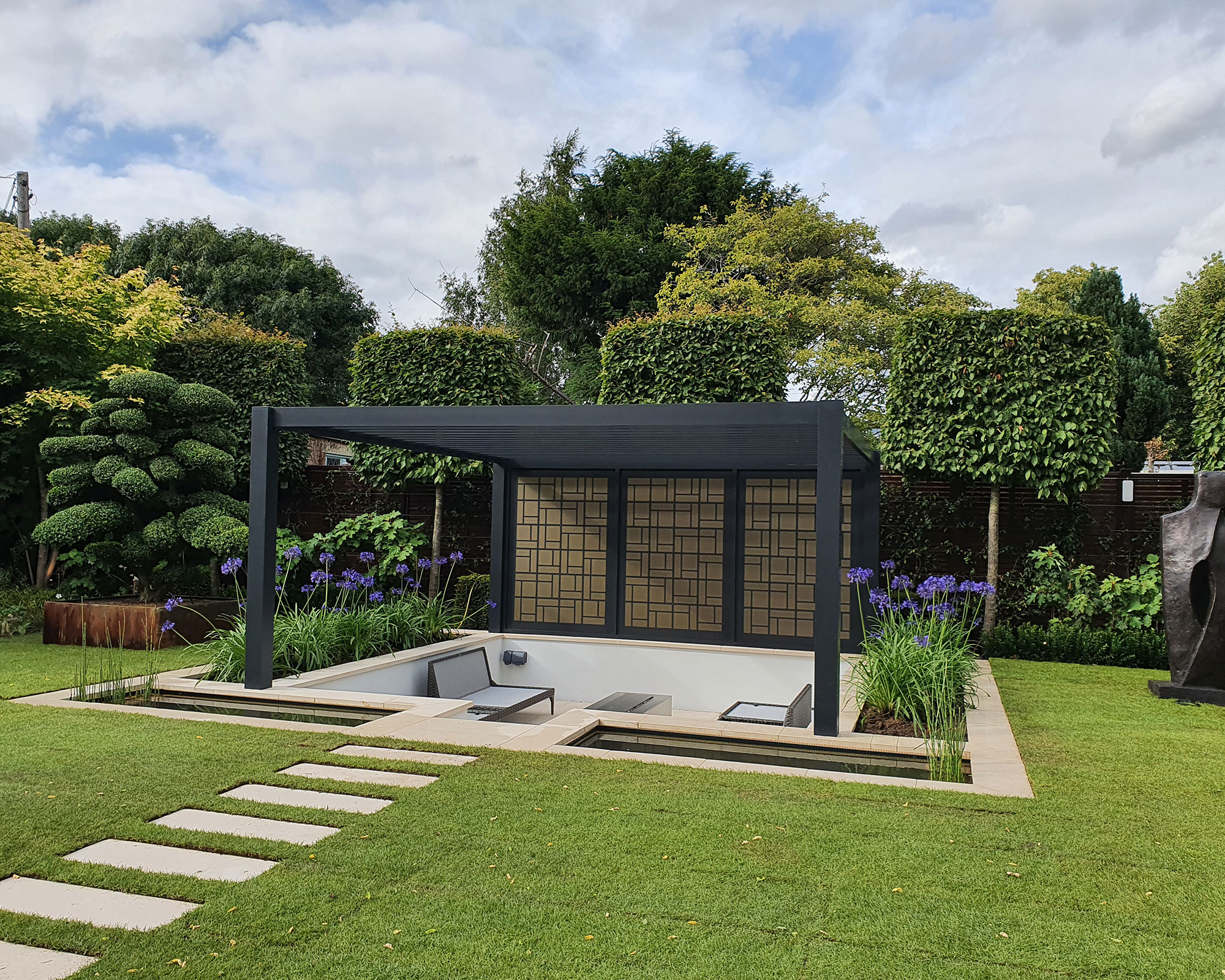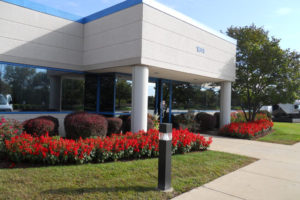The Best Guide To Hilton Head Landscapes
The Basic Principles Of Hilton Head Landscapes
Table of ContentsThe smart Trick of Hilton Head Landscapes That Nobody is DiscussingThe Best Guide To Hilton Head LandscapesThe smart Trick of Hilton Head Landscapes That Nobody is Talking AboutThe Best Guide To Hilton Head LandscapesThe Facts About Hilton Head Landscapes Revealed4 Easy Facts About Hilton Head Landscapes ShownAn Unbiased View of Hilton Head LandscapesRumored Buzz on Hilton Head Landscapes
Kind compatibility is also a significant part of unity in designone or two strikingly different forms benefit contrast and emphasis, but usually all other forms ought to have some resemblances for an unified appearance. Appearance describes just how rugged or fine the surface of the plant or hardscape material really feels and/or looks.
Instances of plants with rugged appearance include philodendrons, agaves, bromeliads, hollies, hands, and hydrangeas. Attributes that create great texture consist of tiny foliage; slim, strappy fallen leaves (yards) or tall, slim stems; tiny, dense branches and tiny branches; long stems (vines); and little, delicate flowers.
The Only Guide to Hilton Head Landscapes
A lot of plants are average appearance, because they can not be explained as having either rugged or great structure. They are characterized by medium-sized leaves with simple shapes and smooth edges. The average-sized branches are not densely spaced nor widely spaced, and the general type is typically rounded or mounding. Medium-textured plants act as a background to link and combine the coarse- and fine-textured plants.

To make an area really feel smaller, place the coarse textures along the external border and the great appearances closest to the audience. The detail of the rugged structure makes the plants appear closer and makes the space feel smaller. The viewed structure of plants can likewise change with the range from the plant.
Not known Details About Hilton Head Landscapes
Vibrant shades enhance the contrast and make the appearance show up coarser, while soft shades can flatten structure. Hardscape with a coarse texturesuch as extremely harsh rocks and strong, big timberstends to make all plant product show up much more medium textured. Designers frequently establish a structure research study (Figure 8) theoretically to help determine the plan of plant materials.
Number 8. Appearance research. Color in plant product and hardscape adds rate of interest and variety to the landscape. Shade is the most conspicuous aspect in the landscape and is generally the emphasis of most homeowners; nevertheless, it is also one of the most short-lived component, usually lasting just a couple of weeks a year for specific plants.
The Ultimate Guide To Hilton Head Landscapes
An easy summary of the color wheel consists of the three key colors of red, blue, and yellow; the three secondary colors (a mix of two primaries) of eco-friendly, orange, and violet; and six tertiary colors (a mix of one surrounding main and second shade), such as red-orange. Shade theory describes the connection of shades to every various other and exactly how they need to be made use of in a make-up.

Analogous (in some cases called unified) color design are any type of three to 5 shades that are nearby on the color wheel, such as red, red-orange, orange, yellow-orange, and yellow, or blue, blue-violet, and violet (bluffton landscaping). The shades are associated to every other due to the fact that they commonly consist of two key shades blended to develop a secondary and two tertiary shades, which means they share typical buildings
Complementary colors are typically discovered naturally in blossoms; an usual set is yellow and violet. Color is located in the blossoms, foliage, bark, and fruit of plants.
Getting My Hilton Head Landscapes To Work
Environment-friendly vegetation in all its various tones is the dominant shade by quantity, but other shades catch focus a lot more readily because of their high comparison to the shade eco-friendly. Color is also located in buildings, rocks, pavers, timber, and furnishings. Many shades in natural products, such as rock and wood, are usually muted and have a tendency to be variants of brown, tan, and pale yellow.
Shades have residential properties that can influence feelings, spatial assumption, light top quality, equilibrium, and emphasis. Awesome colors have a tendency to be calming and ought to be used in areas for leisure and tranquility.
Hilton Head Landscapes - Questions
Amazing shades tend to decline and are viewed as being farther away, making a room feel larger. Color can additionally be used to catch focus and direct views.
For instance, bright yellow, which has the greatest intensity, likewise has a high contrast with all other shades (typically referred to as a "pop" of color) and should be used sparingly. A percentage of intense shade has as much aesthetic weight as a large amount of an extra suppressed or weak shade.
Analogous (occasionally called harmonious) color systems are any three to five colors that are surrounding on the color wheel, such as red, red-orange, orange, yellow-orange, and yellow, or blue, blue-violet, and violet. The colors are related to every various other because they normally consist of 2 primary colors mixed to develop a second and 2 tertiary shades, which means they share common buildings.
Hilton Head Landscapes - An Overview
Corresponding colors are commonly discovered naturally in blossoms; an usual set is yellow and violet. Color is located in the flowers, foliage, bark, and fruit of plants.
Green vegetation in all its different tones is the leading shade by quantity, yet other colors record interest quicker as a result of their high contrast to the shade eco-friendly - landscape design hilton head - https://www.goodreads.com/user/show/179629915-steven-gonzales. Shade is additionally discovered in buildings, rocks, pavers, wood, and furnishings. The majority of colors in all-natural materials, such as stone and timber, are commonly soft and often tend to be variants of brown, tan, and pale yellow
Not known Incorrect Statements About Hilton Head Landscapes
Color is an important element for creating interest and variety in the landscape. Shades have homes that can affect emotions, spatial assumption, light high quality, balance, and focus. One property of color is described about temperaturecolors show up to be cool or cozy and can impact emotions or feelings. Great colors tend to be calming and must be used in locations for relaxation check these guys out and serenity.
The "temperature level" of colors can also affect the assumption of distance. Cool shades often tend to recede and are viewed as being further away, making a room feel larger. Warm colors tend to development and are regarded as being more detailed, making a space really feel smaller. Shade can also be utilized to catch focus and straight views.
For instance, brilliant yellow, which has the greatest intensity, additionally has a high comparison with all various other colors (often referred to as a "pop" of shade) and need to be utilized sparingly. A percentage of intense color has as much visual weight as a big amount of an extra suppressed or weaker shade.